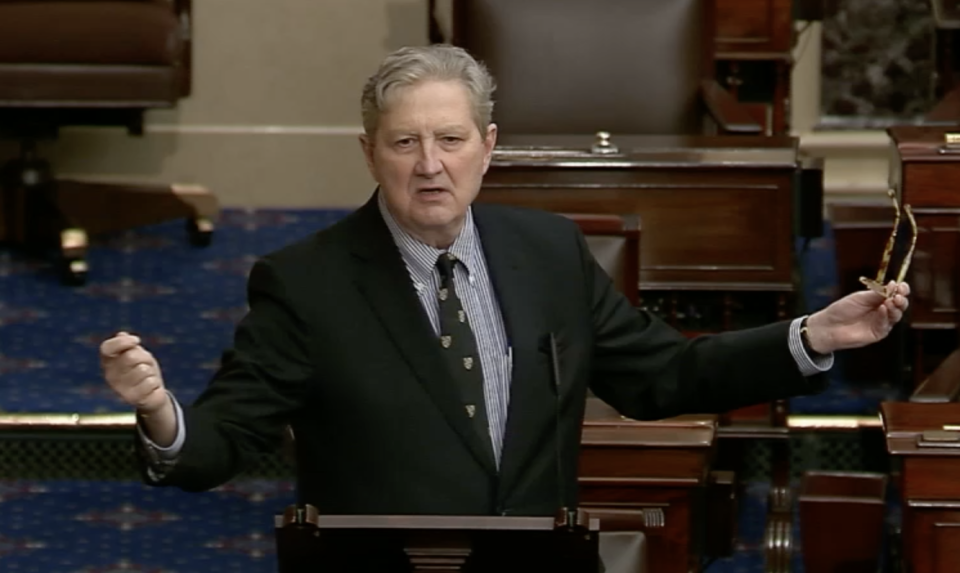
Houma man caught with drugs
October 31, 2006Mae Gros Badeaux
November 2, 2006Lafourche Parish voters in the 10th Ward will decide the fate of a one-cent sales tax next Tuesday that will be used to elevate the 44-mile ring levee that surroundings South Lafourche.
Those residents – specifically in the area between Larose south to just below the town limits of Golden Meadow – will see the measure on the Nov. 7 ballot.
The ring levee, which was built in the 1960s, proved to be invaluable during the 2005 hurricane season, according to parish officials. The levee is credited with holding back the storm surge from hurricanes Katrina and Rita.
South Lafourche Levee District General Manager Windell Curole said an alarming amount of the land the levee was designed to protect includes the region’s disappearing wetlands and marshes. “We need to raise the levees as high as we can afford to. It’s critical for the area,” he said.
If the tax is approved, officials expect it to generate approximately $4.5 million annually.
The district currently received about $2.5 million annually from a nearly 10-mill property tax.
The ring levee was originally built 13 feet above sea level on the southern end below Golden Meadow and 10 feet above sea level in Larose, its northernmost point, Curole said. However, he explained that subsidence over the last 30 years has left the area more vulnerable to storm surges.
Curole said different points along the levee system have subsided as much as two feet. It is a phenomenon occurring across south Louisiana, according to recently elevation studies and readings taken by the National Oceanographic and Atmospheric Administration (NOAA).
“The subsidence problem isn’t going away so we have to build our levees higher,” said Curole in previous interviews. “We have to address the problem now.”
Should the tax pass, the general manager said work would immediately begin on raising segments of the ring levee that have subsided below design specifications.
“We need to raise and shore up the most vulnerable parts of the system first,” Curole noted. “A system like this is only as good as its weakest link.”
Once the most vulnerable areas have been raised to their original design heights, officials plan on implementing a plan that would raise the levee even higher, possibly to a uniform height of as much as 15 feet, Curole said.
Engineers for the district have conducted surveys noting that the cost to uniformly raise the levee to this height could range from $90-$100 million, with a large part of the expense coming form the raising of the “hard structures,” such as floodwall and pumping stations.
District officials had hoped for an infusion of federal money to help with levee improvements after last year’s hurricane season, however that money has yet to arrive and Curole believes that the area can wait no longer. “We have to move forward. We waited as long as we could but we have to attempt to help and protect ourselves if no one else will,” he said.







